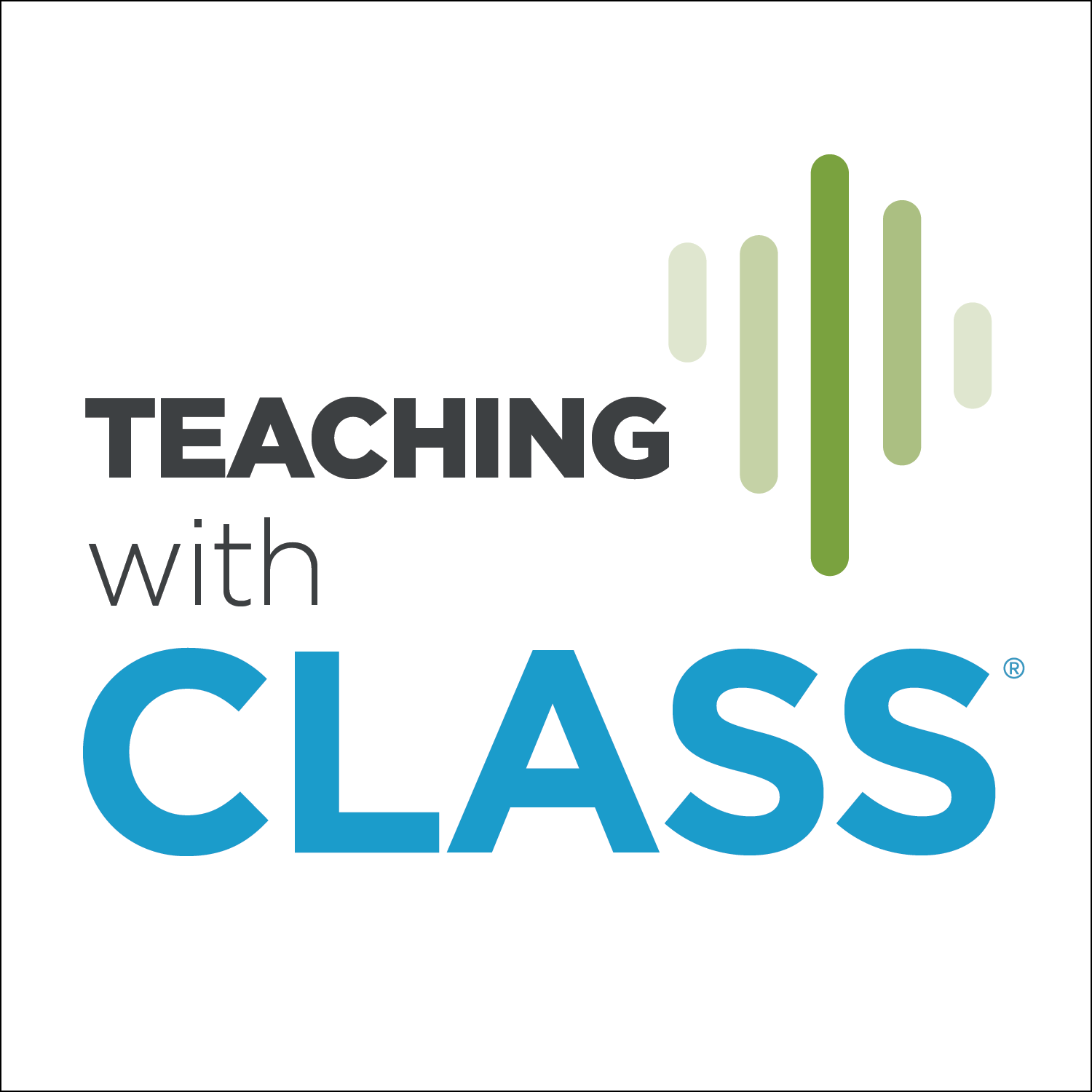Show Notes
Guiding positive behavior is a learning process for young children as their brains are growing and developing the ability to regulate behavior, emotions and manage impulses. Creating safe, warm and supportive environments motivate children to learn and practice positive behaviors when adults are responsive and consistent. As a Specialist in Early Education with 6 years of experience as a CLASS coach, Michelle Galindo has supported many educators in classrooms with infants, toddlers and preschool children with positive behavior strategies. Here are three she shares in this episode:
Modeling Composure to support self regulation
- Being aware of Adult emotional triggers or strong emotions and practicing regulating and managing them by deep breathing and using positive self talk. Remaining calm yet intentional during interactions to respond to children’s needs vs. reacting by impulse or emotional trigger.
Creating a safe space to release strong emotions
- A physical space where children can independently process emotions that is visible to adults for close supervision. Create a space with children’s input for safely expressing strong emotions using: mirrors, soft objects, family photos, feelings charts and other visuals displaying emotions.
Acknowledging Feelings while stating a boundary:
- Naming the feeling/emotion during a conflict and narrating the action or behavior that was unsafe or unhealthy. Labeling the feeling through verbal affirmations or physical safe touch while stating the boundary (unsafe or unhealthy action/behavior)
Learn more about Behavior Guidance on our blog:
- Behavior Guidance Is as Easy as PB&J
- Behavior Management in the Classroom
- More Behavior Guidance Strategies
Join the CLASS Learning Community to continue the discussion with thousands of other educators.
Subscribe and share this episode on Twitter and Facebook!
Thanks for listening!



